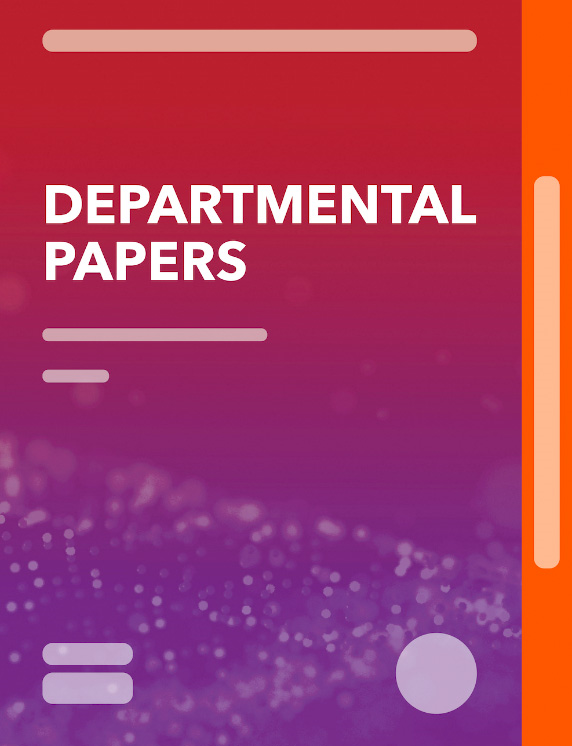A Taxon Gross Assets of Enterprises as a Form of Presumptive Taxation
February 1, 1992
Disclaimer: This Working Paper should not be reported as representing the views of the IMF.The views expressed in this Working Paper are those of the author(s) and do not necessarily represent those of the IMF or IMF policy. Working Papers describe research in progress by the author(s) and are published to elicit comments and to further debate
Summary
A tax on gross assets has been introduced in some developing countries where several factors (most notably, high inflation) enabled apparently viable enterprises to report losses for income tax purposes. The idea of a tax on the value of assets, rather than on the income that the assets generate, seems to have originated in the 17th century in Milan. It was more recently advocated by Luigi Einaudi and Maurice Allais, but their contributions have remained unknown in the Anglo-Saxon world. The economic implications of such a tax are analyzed in this paper. Special attention is devoted to efficiency and administrative aspects. Practical considerations suggest that the tax on gross assets serves as a minimum income tax rather than as a final tax.
Subject: Income and capital gains taxes, Income tax systems, National accounts, Personal income, Presumptive tax, Revenue administration, Taxes
Keywords: ability to pay, buying firm, daughter company, Europe, firm's holding, Income and capital gains taxes, Income tax systems, indexation scheme, Personal income, Presumptive tax, purchased firm, WP
Pages:
22
Volume:
1992
DOI:
Issue:
016
Series:
Working Paper No. 1992/016
Stock No:
WPIEA0161992
ISBN:
9781451843316
ISSN:
1018-5941






